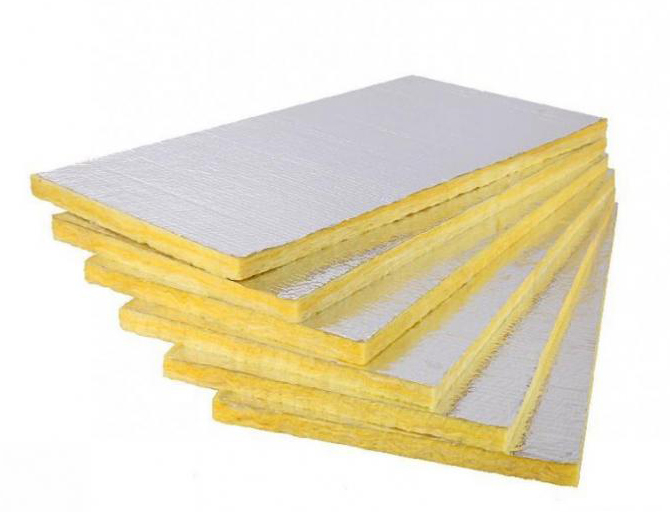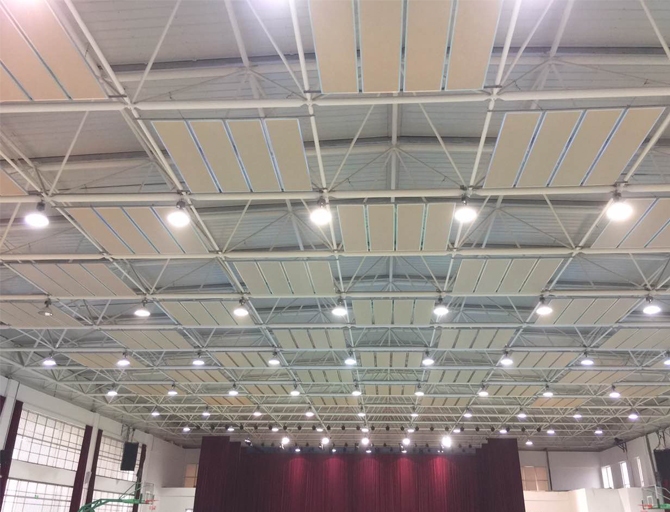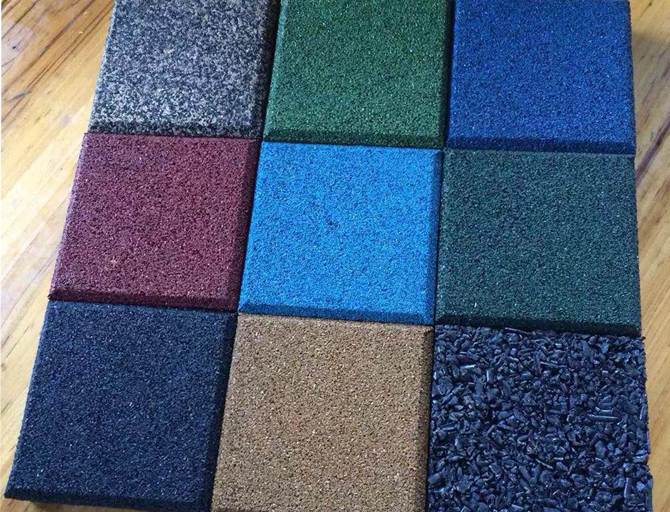Analysis on the cause and treatment of fan noise
Analysis on the cause and treatment of fan noise
1、 Harm of fan noise
Fan is widely used in metallurgy, chemical industry, petroleum, machinery, cement, construction and other important departments, which plays a very stinking and positive role in promoting industrial production and accelerating the pace of design. However, the strong noise produced by the operation of the fan seriously affects the quiet environment. It will not only damage people's hearing, harm health, hinder the normal communication and language conversation in the workshop, and bring certain impact on safety production, but also seriously interfere with the rest of the surrounding residents, the office work of the organs and the school classes.
1、 Source of fan noise
Fan is widely used in metallurgy, chemical industry, petroleum, machinery, cement, construction and other important departments, which plays a very stinking and positive role in promoting industrial production and accelerating the pace of design. However, the strong noise produced by the operation of the fan seriously affects the quiet environment. It will not only damage people's hearing, harm health, hinder the normal communication and language conversation in the workshop, and bring certain impact on safety production, but also seriously interfere with the rest of the surrounding residents, the office work of the organs and the school classes. The following is a brief introduction to fan noise:
In fact, the fan is a kind of positive displacement compressor, which is composed of a pair of vertical meshing waist blade impellers rotating at relatively high speed to deliver gas. When the fan unit is running, the noise mainly includes the aerodynamic noise (i.e. airflow noise). The transmission gear noise, motor noise, pressure regulating valve noise and so on. Among them, the noise with the highest intensity and the most influence is the aerodynamic noise. It includes two parts: the periodic exhaust noise caused by the pressure pulsation caused by the periodic exhaust when the fan impeller rotates, and the vortex noise caused by the gas vortex on the fan impeller interface. The intensity of exhaust gas is mainly related to the speed of impeller, the flow rate and static pressure of exhaust gas. The noise spectrum is usually low if, with a certain noise peak. However, the vortex noise depends on the shape of the fan impeller. The flow velocity and flow pattern of the air flow relative to the body generally produce continuous frequency noise.
When operating under certain conditions, high-intensity noise radiates from the air inlet, air outlet, casing, pipeline and other parts of the fan. In actual use, the exhaust port of the fan is often connected with the gas transmission pipeline and closed. Therefore, the noise radiated from the air inlet is the most intense and the interference to the environment is the most serious. According to the actual measurement, the noise level of "a" is about 105-135 dB, while that of "C" is about 110-140 dB.
The fan not only has high noise intensity, but also has complex and continuous frequency components. In order to quantitatively describe the distribution of its noise energy in the whole audio frequency range, octave filter is often used to analyze and test the noise spectrum according to eight octave bands from 63 Hz to 800 Hz in the noise measurement, so as to obtain the noise spectrum characteristic curve of the sound source, that is, the relation curve of octave sound pressure level and frequency. The characteristics of the noise spectrum curve are as follows:
First of all, the noise spectrum is wide, that is, there is high noise in a wide frequency range, and the main component is low if noise. When the static pressure is low, that is, the load is small, the peak frequency is usually about 125 Hz at low frequency; when the pressure is raised to the rated static pressure, there will be a new noise peak at about 500 Hz at medium frequency. This shows that with the increase of the working pressure of the fan, the medium and high frequency noise will increase obviously.
The noise intensity and spectrum characteristics of the fan are not only related to the static pressure of the fan, but also to the flow and speed of the fan. For example, with the increase of flow rate, the noise increases correspondingly. When the rotating speed is doubled, the fan noise can increase about 5-10 dB, especially the increase of medium and high frequency noise.
2、 Fan control measures
In addition to considering the tuyere noise, the noise of fan body and the solid sound transmission of vibration should also be paid attention to according to the site conditions.
Because the axial-flow fan makes a lot of noise when it works, and the fan noise also increases with the increase of air volume and air pressure. Generally, there are several ways to solve the problem of fan noise:
1) The noise of the enclosure and motor can be solved by adding sound insulation cover. The fan is placed in an independent sound insulation room of the fan, and the sound absorption and insulation treatment are carried out in the fan room.
2) A muffler is installed outside the exhaust port of the fan, and a noise elimination insert is built in, so that the noise can be reduced when passing through the muffler with special structure. The muffler is an effective measure to reduce the radiation from the air inlet and outlet of the aerodynamic equipment or to transmit the noise along the pipe.
3) As far as possible, silencing blinds shall be used for blinds outside the ground floor.
4) Damper spring hanger damper is used for fan suspension.
According to the object of sound source, noise characteristics, noise reduction requirements, process conditions, installation location and other factors, targeted design is carried out to ensure good noise reduction effect.



